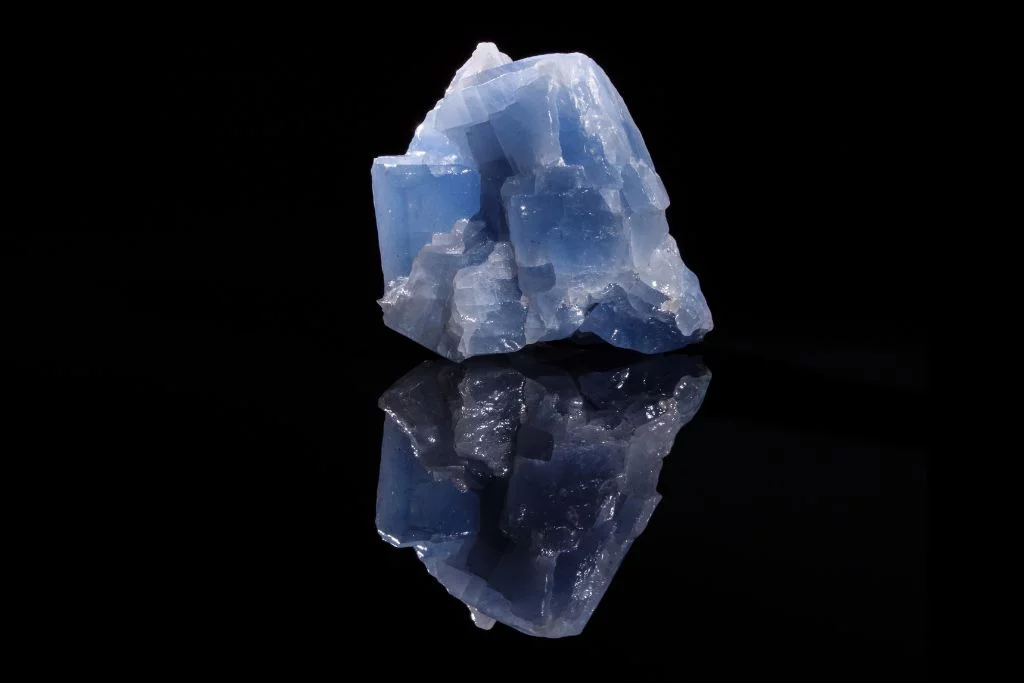Whether calcite can produce high-end calcium carbonate depends on these indicators

Calcite is a natural calcium carbonate mineral and the main raw material for producing heavy calcium carbonate. The grade and impurity content of calcite ore are one of the important factors affecting the quality index of heavy calcium carbonate products, and are also the key to determining whether it is food and drug grade calcium carbonate or ordinary filler grade calcium carbonate.
1. CaO content
CaO is the only quality mark of the useful components of the ore. In the requirements of papermaking, coatings, plastics, rubber and food industries, it is expressed by the content of CaCO3 (which can be converted from CaO content).
2. Whiteness
Whiteness is the physical quality mark of the ore, which is related to the color and brightness of the finished product.
3. Hydrochloric acid insolubles
The components of hydrochloric acid insolubles (A.I.R) mainly include free silica (fSiO2), (aluminum) silicates and iron and manganese oxides, which are multi-mineral combination indicators.
4. Magnesium and alkali metal content
MgO is mainly used to evaluate the dolomite content in the ore. In the paper and plastic industries, when the dolomite content is less than 3% (equivalent to MgO≤0.65%), the impact is not significant. In the coating and rubber industries, this requirement can be relaxed to 6% (equivalent to MgO≤1.3%). MgO from talc and serpentine is generally considered to have little impact.
5. SiO2 content
SiO2, various ore tests show that it mainly comes from fSiO2, aluminosilicates and silicate minerals. Among them, silicate minerals are mainly wollastonite, which has a certain difference in hardness from calcite and affects the uniformity of product particle size. Water washing can remove some Si, Al and Fe in calcite and improve the whiteness of the ore.
6. Al2O3 content
Al2O3 mainly comes from aluminosilicate minerals and is one of the main components of hydrochloric acid insolubles. The allowable value should not be greater than the limit value of hydrochloric acid insolubles.
7. Fe2O3 content
Fe2O3 is a coloring component, and its content has an impact on the color of the product. According to the industry’s experience, Fe2O3≤0.3% has no significant effect, and Fe2O3≤0.1% has almost no effect. Fe2+ exists in many minerals. If it changes in price during processing or use, its impact needs to be paid attention to.
8. MnO content
MnO in calcite ore mainly comes from manganese oxides, carbonate minerals and silicate minerals. MnO will affect whiteness. There are no requirements for manganese in the current industry standards. In previous indicators, the rubber industry application requires control of its content.
9. Harmful content
Heavy metals, barium, fluorine, arsenic, free alkali, (alkali metal + magnesium), sulfur and other indicators. These indicators need to be evaluated for use as food additives, toothpaste and food packaging paper production, or for rubber products and plastics and coating fillers that have an impact on health.
10. Content of dark foreign matter
The content of dark foreign matter and particle size have a certain impact on whiteness. Under the current conditions, it is recommended to conduct qualitative statistics on the content of dark foreign matter and particles to evaluate whether it is suitable for ultra-fine processing. When the content of dark foreign matter in heavy calcium carbonate for papermaking industry exceeds a certain content, it should be used as an evaluation indicator. Generally, it is required that no more than 5 dark foreign matter particles should be contained in each gram of sample.
11. Yellowness and transparency
The whiteness currently tested, also known as blue light whiteness, is actually the brightness of the material and cannot reflect the color difference of the material well. Therefore, heavy calcium carbonate for papermaking needs to evaluate yellowness and transparency. The papermaking industry hopes that the yellowness is low, the transparency is low, and the coverage is good. Calcite with high whiteness often has good transparency.
